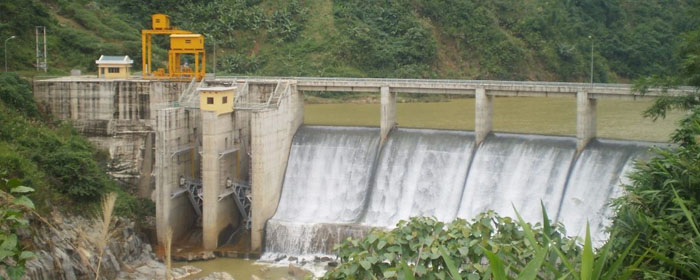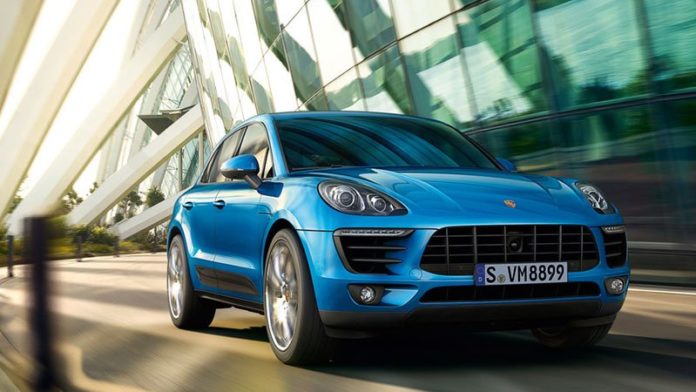According to the Environmental Protection Agency, 29% of all greenhouse gas emissions by the US come from transportation. More than half of that, equivalent to 935 million metric tons of carbon dioxide, comes from passenger cars, SUVs and light-duty trucks.
And that’s just the U.S.
Obviously, the future of transportation is electric. However, EVs form just 0.45% of all cars in America and 0.4% globally.

Petrol-powered cars aren’t going away in the next 20 – 30 years, so how do we solve the problem? One solution that helps is carbon offsetting.
Porsche Impact: New Service for Offsetting Carbon Emissions
Porsche launched a new initiative helping its customers offset their carbon dioxide emissions by donating a proportionate amount to green projects around the world.
In an effort to curb global carbon dioxide emissions, Porsche is working with South Pole – a leading provider of financial services for sustainable development around the world.
Porsche has selected four South Pole projects which are globally certified and explore different solutions for reducing emissions or absorbing carbon dioxide from the atmosphere.
Biodiversity

Kariba REDD+ is a project to protect and preserve a large 875,000-hectare zone in Zimbabwe. Its the intersection of four national parks and is home to a number of species endangered by deforestation and loss of habitat.
As well as preservation, the project provides jobs, infrastructure, and healthcare for the locals, creating a sustainable community.
Solar power

Aura Solar I is a large solar farm in Baja California, Mexico, producing 82,000 MWh of emissions-free electricity each year.
Electricity generation emits just as much carbon dioxide as transportation in the US. So, producing clean energy is essential for curbing global levels of CO2 and powering our cars in the future.
Hydropower

Za Hung Hydropower station on the A Vuong River, in Vietnam, produces 30 MW of clean electricity 24/7 – enough to power 20,000 local homes.
Hydro-electric power uses the energy of falling water to spin turbines and produce electricity without burning any fossil fuels. This is an important source of clean, perpetual and reliable energy generation.
Forest protection

This project aims to preserve and restore 8,219 acres of forests in Afognak – the second largest island in the Kodiak Archipelago, Alaska.
Forests absorb large amounts of carbon dioxide, using it as food to grow. Planting more forests and protecting the ones we already have directly reduces the amount of carbon dioxide in the atmosphere.
How does carbon offsetting work?
Carbon dioxide spreads more or less evenly in the atmosphere and due to the Earth’s constant rotation, the greenhouse effect is uniform across the planet.
So, it doesn’t matter where you’re putting or taking carbon from, as long as you balance the total amount.

By donating to a project which reduces or absorbs emissions from the atmosphere, regardless of the method, you can effectively zero-out the emissions produced by your own vehicle.
Porsche has a calculator which tells you exactly how much emissions your car produces based on your annual driven miles, the fuel type and efficiency of your vehicle.
For example, the average American drives 13,476 miles per year. Porsche Macan, the company’s top-selling vehicle, has a combined fuel economy of 21 miles per gallon.
Driving one for a year emits 5.64 metric tons of CO2 into the atmosphere. Offsetting this amount of carbon dioxide apparently costs between $70 and $160 depending on which project you support.

With a few taps, your payment will be forwarded to South Pole, who will use the money to support your cause of choice.
As far as we see, you can use this tool for every vehicle, not just a Porsche. But even if you can’t, there are a number of organizations out there who will gladly help you do it without much more hassle.
